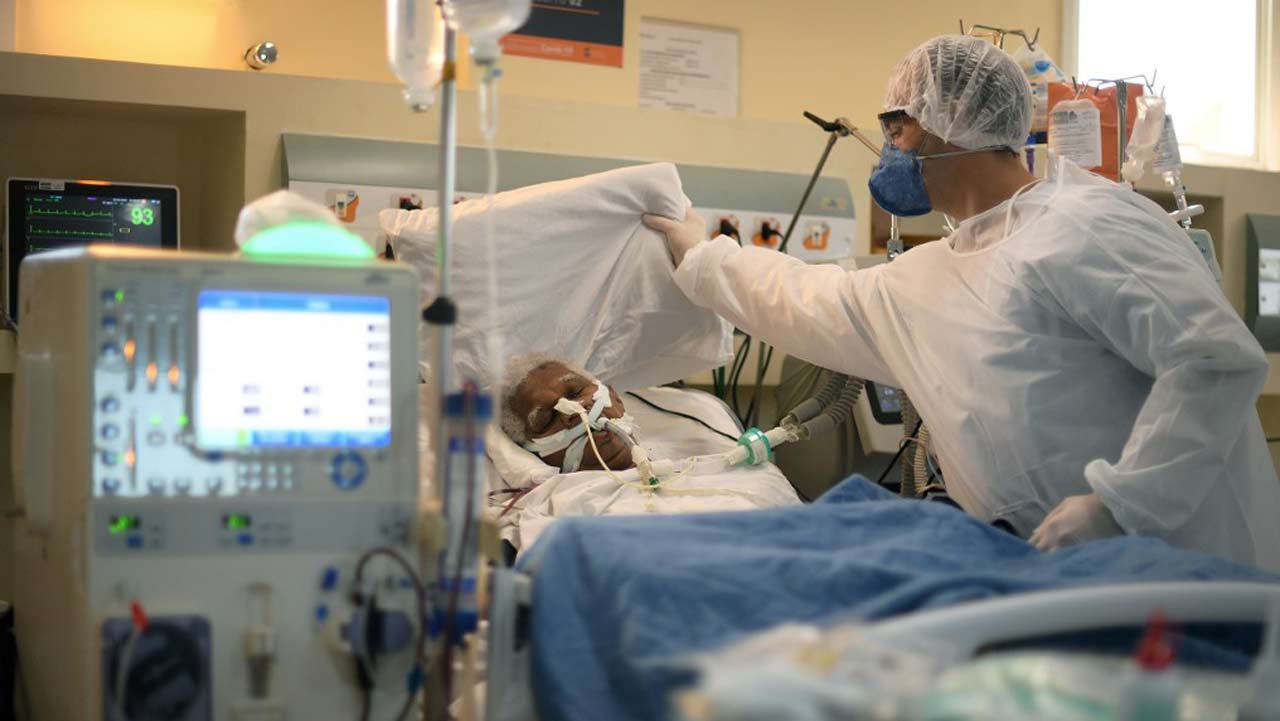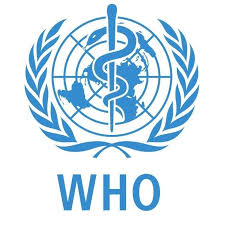All medical doctors are professionally and morally required to teach future generations of doctors. The resources involved in training a physician are enormous. But despite the long preparation provided for their roles as clinicians and the expertise acquired, many doctors shy away from this responsibility and expectedly there has been a deficiency in appropriate teacher education in the medical profession. VICTOR OKEKE writes.
The role of doctors as teachers is increasingly being recognised as a core professional activity that should not be acquired through chance, aptitude or inclination alone. Teaching occurs at all stages of the medical career pathway, from formal classroom-based learning at undergraduate level through to informal training in the clinical environment.
There is, however, no formal requirement or pre-defined route by which doctors can become competent teachers. For example, a clinical teacher often ends up in a post through seniority and clinical experience, rather than by training and experience in teaching. The problem is compounded by a lack of flexibility in the time allocated to teaching and the development of teaching skills, and a failure to reward and recognise the educational contributions of healthcare professionals in the form of career incentives and financial remuneration.
In the current climate, doctors are under unprecedented pressure to meet targets for treating patients and administration, and the responsibility to teach puts another significant demand on their time.
Together with research and clinical practice, teaching is a core responsibility for medical academics. The requirement to combine teaching with research and clinical activity puts significant demands on them that often lead to an imbalance in these roles.
For example, medical academics may have been propelled into their posts as a result of their research experience rather than teaching abilities, and have then been expected to take on a teaching role for which they have little training and experience.
A publication of the British Medical Association (BMA) Board of Medical Education- Doctors As Teachers, recorded the board chairman, Professor Charles George as saying the number of clinical lecturers in the UK declined 36 percent between 2000 and 2003, and there was a further 17 percent decline from 594 in 2003 to 494 in 2004.
He said, “While medical academic staffing levels have remained virtually constant in recent times, the decline in the number of clinical lecturers mean they now make up only 16 percent of the clinical academic workforce in UK medical schools.”
Professor Wilson Erhun of the West African Post Graduate College of Pharmacists said “those interested in a career in medical education are often motivated by the fulfillment of making an impact on large numbers of people and they also enjoy the balance between teaching, research and direct patient care.”
Erhun explained that teaching is a competitive area of medicine but that there will always be a demand for roles in medical education.
“Revalidation and a drive to increase the quality of undergraduate and postgraduate training also mean that this is a rapidly expanding area with increasing opportunities available to those who are interested in a career,” he added.

The dean of Faculty of Clinical Sciences, College of Medicine, Ekiti State University and consultant orthopaedic surgeon at the Ekiti State University Teaching Hospital, Ado-Ekiti, Professor Oluwadiya Kehinde Sunday told LEADERSHIP the percentage of medical doctors who eventually return to teach was very low.
He said, “I think this should be less than 20 percent if you are referring to those who teach in medical schools. However, if by teaching, you’re referring also to those who teach other doctors (resident doctors) then the percentage will be much higher.”
On whether it is possible for a medical graduate to start a career in medical education, Sunday said: “Of course it is possible, but he or she must have acquired extra degrees. For those who want to teach basic medical science like anatomy, physiology or biochemistry, they must have at least a master of science degree in any one of those subjects, and they will be employed as lecturer II. Then they will go for Ph.D. Those with Ph.D are employed as lecturer I.
“Those who want to teach clinical subjects such as surgery, medicine or paediatrics must be fellows of either the Postgraduate Medical College of Nigeria or the West African College of Medicine or their equivalence from other parts of the world. They are employed as lecturer I, and are called consultants in the hospital.”
Sunday added government pays certain special allowances to medical doctors who are in the teaching profession as a way of encouraging more people to make a career of medical education.
“For example, those teaching basic medical sciences are given consolidated call duty allowances, even though they take no calls per se,” he said.
Available data show that since the establishment of the Medical and Dental Council of Nigeria (MDCN) there has been a total of 65,000 registered medical doctors with only 25,000 of them currently practicing in the country.
Official statistics show there is one doctor to every 6,400 patients in Nigeria. This falls far short of the World Health Organisation (WHO) standard of one doctor to every 600 patients. To meet the WHO benchmark, Nigeria needs to have 283,333 doctors, measuring by a 170 million population base. This means that the country needs 283,308 additional doctors at present.
One of the causes of the shortage of medical doctors in the country is the massive exodus of medical professionals in search of greener pastures abroad.
In addition, there is a disproportionate concentration of medical personnel in urban areas because they find remote areas unattractive, despite the huge disease burden such as malaria, tuberculosis, typhoid fever etc. in rural communities.
While poor geographical distribution of health care professionals also contributes to this dearth in manpower, the poor doctor-patient ratio of 1:6400 in Nigeria as against the World Health Organisation (WHO) standard of 1:600 remains a huge challenge, as medical schools in the country graduate between 2,500 and 4,000 new doctors annually.
In their responses, some medical graduates told LEADERSHIP that because of the embargo placed on employment by the federal government, the opportunity might not even be there for those who wished to teach.
Dr Bright Anwuacha said “because of the high competition involved in securing the few available jobs, even when a doctor is interested in a teaching career, he might not readily secure one.”
However, a new medical graduate, Dr Enono Uduehe who is currently on private practice said even if he was offered a teaching job in a medical college, he would decline it.
“I am interested in clinical medicine now. I want to practice because that is why I studied medicine in the first place and even if I would teach, I should have gathered enough experience from practice and possibly become a consultant,” he said.
One consensus among medical experts is that there is a pressing need to redress the imbalance between teaching and the competing activities of clinical work, research and administration.
This necessitates the development of a structured pathway to teaching competence, an increase in the support systems that permit its implementation and continued use, a profession-wide change in attitudes towards teaching, and practical opportunities that provide more time for teaching.
By: Leadership News
ABUJA: Training Schedule for Basic Life Support BLS, Pediatric Advanced Life Support (PALS), Advanced Cardiovascular Life Support ACLS, First Aid, CPR, AED
PORTHARCOURT: Training Schedule for Basic Life Support BLS, Pediatric Advanced Life Support (PALS), Advanced Cardiovascular Life Support ACLS, First Aid, CPR, AED
LAGOS: Training Schedule for Basic Life Support BLS, Pediatric Advanced Life Support (PALS), Advanced Cardiovascular Life Support ACLS, First Aid, CPR, AED



